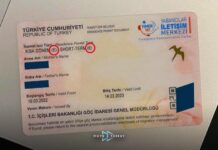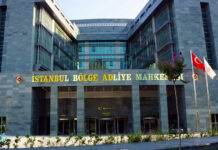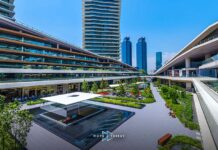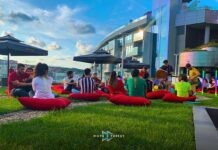
The Archaeological museum in Istanbul is a great blessing for tourists who do not have time to visit all historical and ancient places in this city or in Turkey in general! As in the Archaeological Museum in Istanbul you can see a complete list of historical and artistic works in the ancient period, the Islamic period, and especially the Ottoman Empire era.

An overview of Istanbul Archaeological Museum
Istanbul Archaeological Museum includes more than a million valuable pieces dating back to different historical periods of the world. The museum consists of three sections:
- the main building.
- Islamic art museum.
- The Old East Museum.
The Archaeological Museum was founded in June 1891 by the famous Ottoman painter and archaeologist Osman Hamdi Bey. In that period it was called the “Royal Museum”, after that, it was rebuilt and expanded between 1902 and 1908. The museum building was also re-expanded in the same century, in 1991,
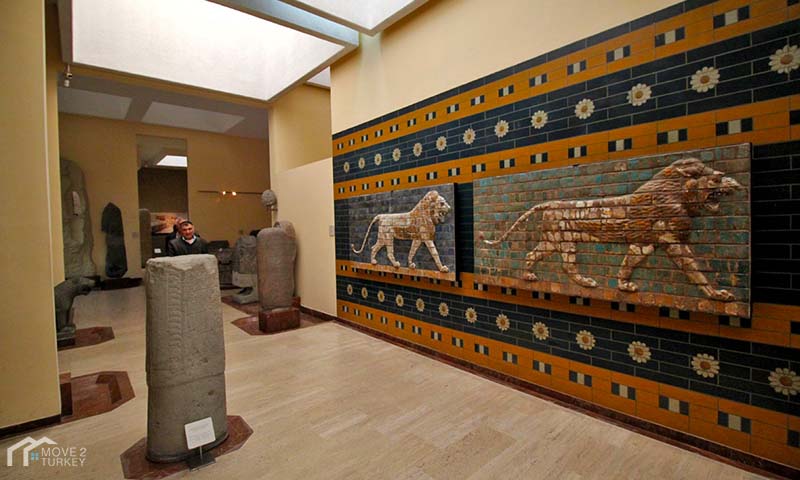
When you enter the museum, you will see a large statue of the marriage god directly in front of the front door, and on the left there are halls where unique antique sculptures are displayed, from ancient sculptures to Roman sculptures, and the first room also contains tombstones and ancient tombs.
Then you see “Erim Hall” where you can easily see the remains of the Iranian era in Anatolia and the Aphrodite era, as well as in a room called the Three Marble Cities in Anatolia.
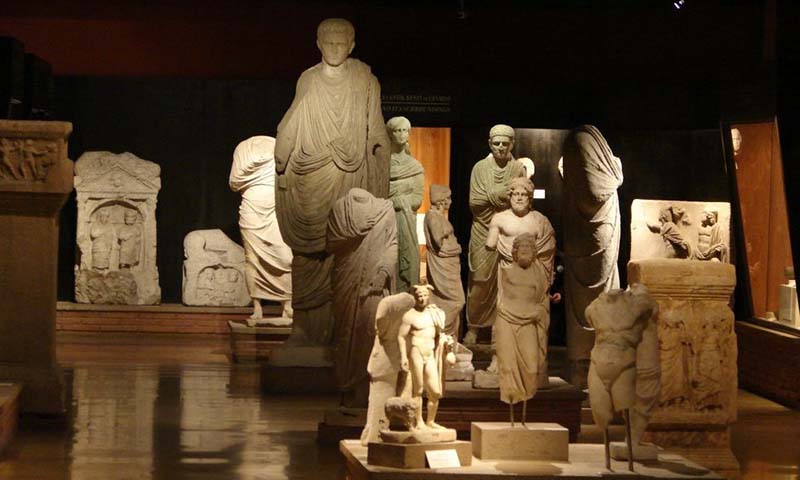
The stunning architecture of the Istanbul Archaeological Museum shows the coffins of the black women and the sarcophagus of Alexander, both of which are considered to be the wonders of the museum. The second floor of the Istanbul Archaeological Museum also displays the works of Anatolia, Mesopotamia, Egypt and Arabia.
The column of King Akkad Nram Sen, and the chainsaw statue are some of the rare and remarkable works found in the Istanbul Archaeological Museum, which includes a large archive with up to 75,000 cuneiform.

The museum also houses an important and valuable collection of prehistoric artifacts, Greece, Rome and Byzantium eras.
Human civilization in the Archaeological Museum in Istanbul
If you are interested in learning about the history of this city and the history of its inhabitants, it is best to plan a visit to the Istanbul Archaeological Museum, as the museum includes an important and valuable collection of the prehistoric monuments.
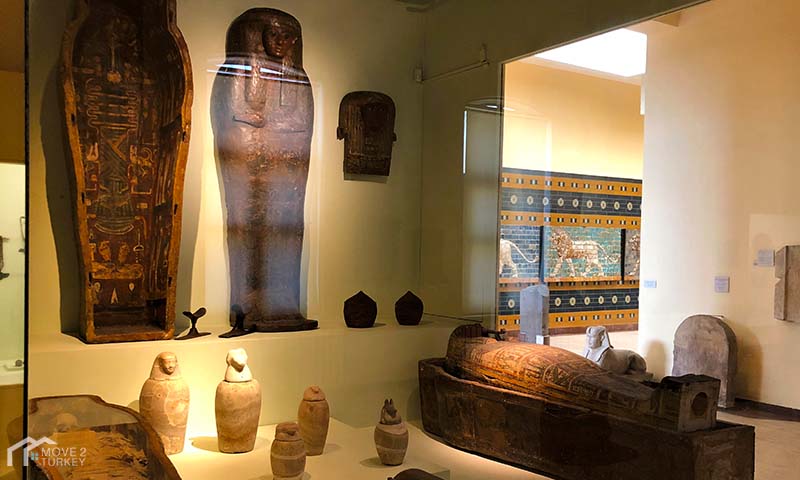
Greece, Rome and Byzantium are beautifully presented, and it is interesting to know that all these collections have been moved from Topkapi Palace to this archaeological museum in Istanbul and the Museum of Islamic and Turkish Art.
The museum is located in Gulhane Park, south of Topkapi Palace, and it houses three separate buildings. While the neoclassical main building is home to the main treasures, inside the courtyard is the Eski Sark Eserleri Museum of Oriental Archeology, dedicated to pre-Islamic artwork, including Babylon’s artwork.
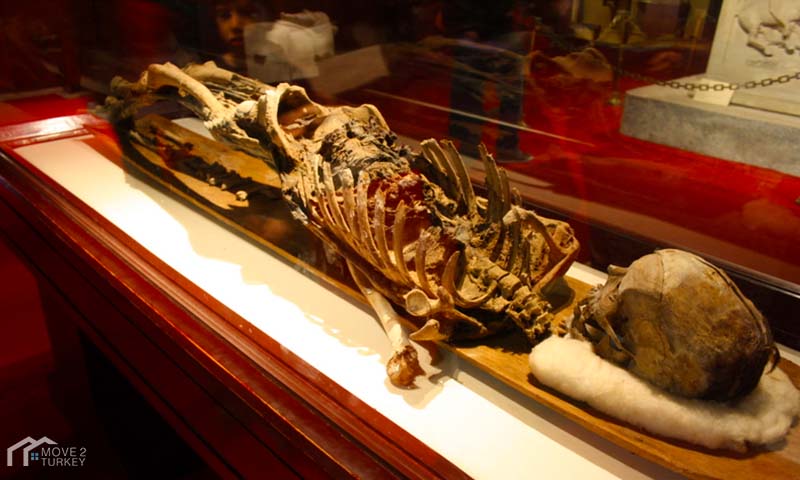
Sections of the Archaeological Museum in Istanbul
Palace of the tiles
The third building in the museum complex is the Cinili Kösk building, which is one of the oldest buildings dating back to the Ottoman era in Istanbul, and it’s the most interesting buildings, because it is one of the oldest and most unique buildings from the Ottoman period in Istanbul. This section was built in 1472, with architecture completely affected by Persian art, as this museum was originally built for Sultan Mehmed Fatih, to be a luxury place so that he can play sports and competitions easily.
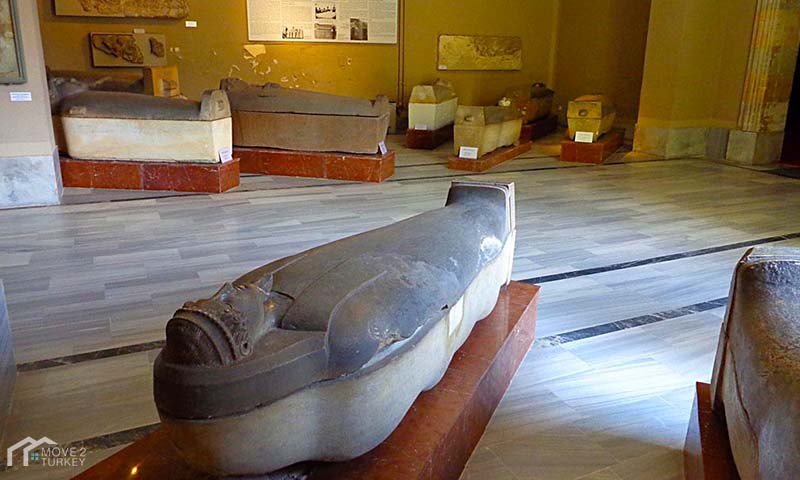
All the beautiful porcelain works in this building, mainly made of luxurious Iznik tiles from the 12th to the 19th centuries, which remained remarkably intact.
Division of the coffin of kings
It should be noted that among the main treasures found in the Archaeological Museum in Istanbul, are the coffin of kings, the results of the Ottoman archaeologist Osman Hamdi Bey, which was brought from Sidon, southern Lebanon.
Those valuable and unique coffins from the cemetery of the ancient Kings of Sidon, will surprise you with all the meaning of the word, especially the coffin of Alexander.
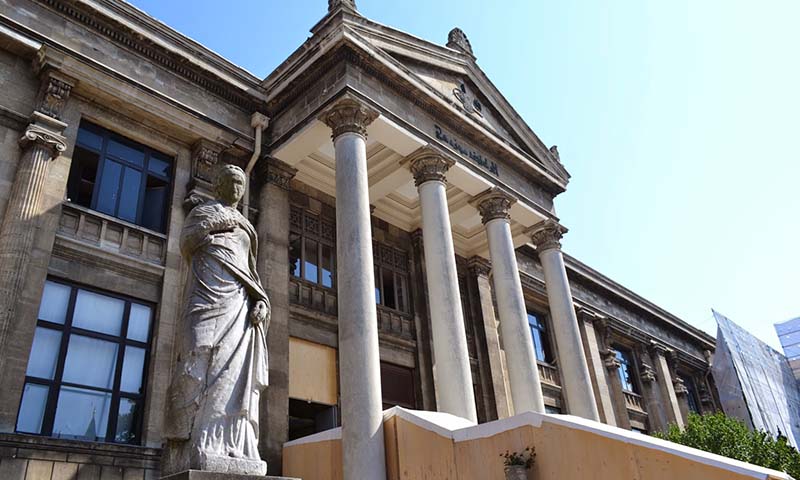
In addition to the “Sidon” section of this large section, there are also finds from all over the Ottoman Empire, such as the 5th-century BC Satrap coffins, the Lycian 400 coffins.
The third year BC and the sarcophagus of Sidamara in the third century A.D. refer to the culture and traditions of the ancient people in Istanbul, and if you go to this museum, do not forget to visit this section.
Istanbul throughout the ages
If you are interested in the history of Istanbul, then make sure that you visit this wonderful section, as this exhibition tells the story of the origin of this legendary city. It is a wonderful road that will allow you to not miss a moment in the history of Istanbul.
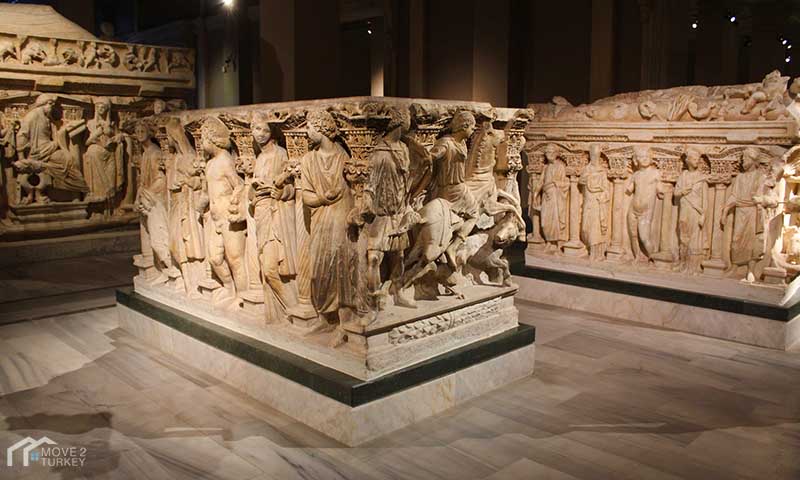
The outer section of the museum
After visiting the entire Istanbul Archaeological Museum, it is time to take a walk in the famous Gülhane Park, which was formerly the Garden of the Ottoman Kings, and this striking garden is part of the cozy green spaces, located in the center of this ancient city decorated with tulip flowers, shaded trees and beautiful natural scenery on the Gulf of the Golden Horn, that captivates you with its beauty.
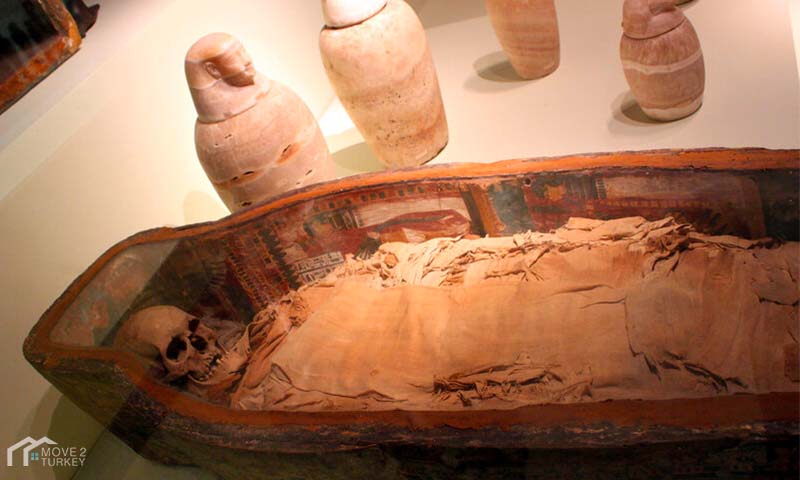
How to go to the archaeological museum in Istanbul
As we mentioned above, the Istanbul Archaeological Museum is located in the European side of Istanbul, next to Topkapi Palace and Gulhana Park, in the famous Sultanahmet district, where you can find tons of historical sites and hotels.
It is very easy for tourists to get to this amazing historical site from the famous Topkapi Palace.
And the museum can be reached from anywhere in Istanbul using public transportation in the city, including Istanbul metro, buses and trams at Gülhane Station.
Visiting hours at the Archaeological Museum in Istanbul
The museum is ready to welcome guests and visitors daily from 9 am to 7 pm, and at specific times you can see the magnificent and valuable works of Anatolia, Mesopotamia, Egyptian and Arab civilization and other works mentioned in the previous sections.
Come take a look and have fun!









